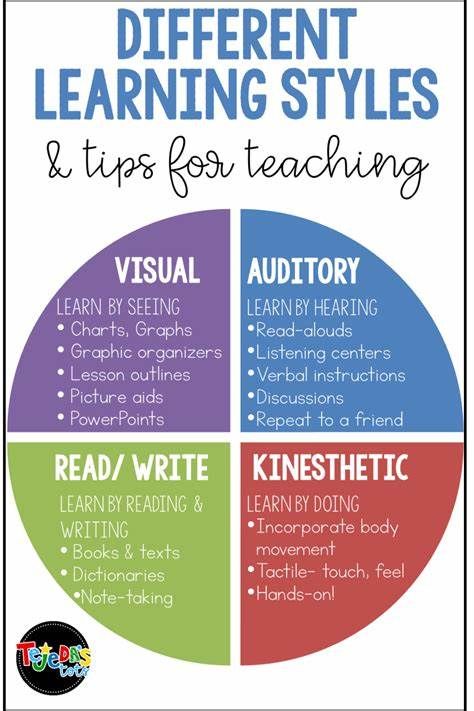As you may know we have the 3 major learning styles and, of course, a teacher has to manage all of them.
-
Visual learners (prefer to see and observe things).
-
Auditory learners (prefer transfer of information through listening: to the spoken word, of self or others, of sounds and noises).
-
Kinesthetic learners (better learn new information if they touch, hold, do something, have practical experience).
There are special teaching ways and tips for accommodating each learning style like writing out checklists of formulas or drawing pictures for visuals, asking for oral summaries of material for auditory learners or using some form of body movement for kinesthetic learners.
This are just several ideas, of course the strategy depends on the age of your students but not always.
What teaching ways and tips do you practice to accommodate different learning styles?
 ![967439086b7da1fe4ba33aa18de91a81.jpg]
![967439086b7da1fe4ba33aa18de91a81.jpg]
